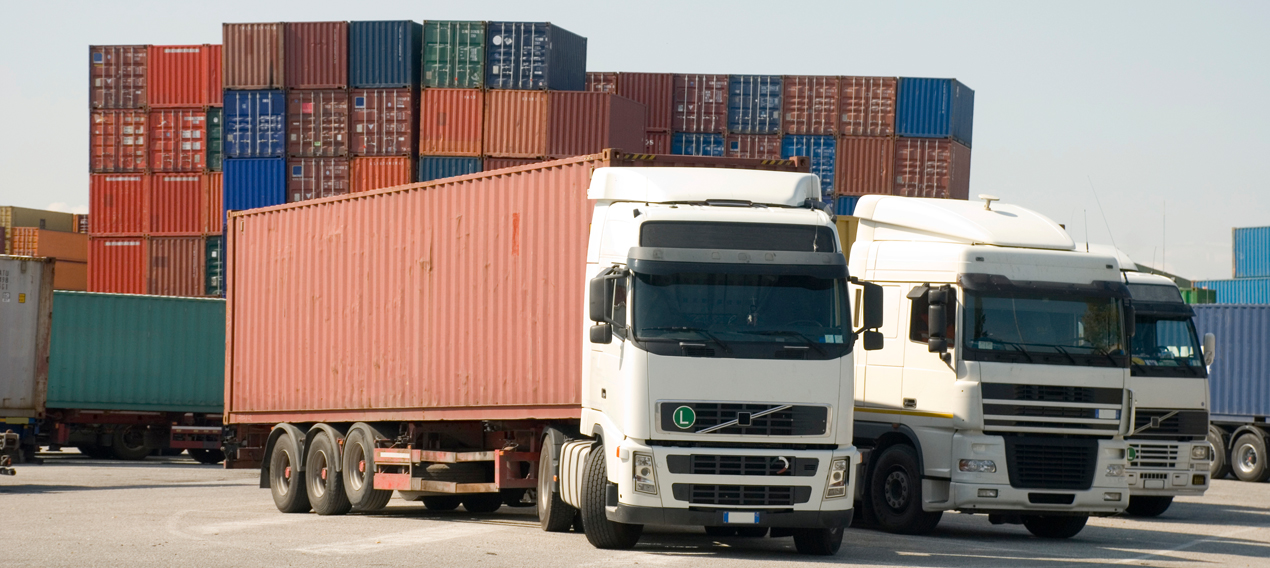
How to make sure your vehicles aren’t overloaded
Overloaded Vehicles
It is a serious offence to overload a vehicle and both employer and driver are liable to prosecution in respect of every overload. Separate offences arise in respect of each axle, gross and train overload and this can give rise to multiple summonses and the potential for significant fines.
The Traffic Commissioner will also consider revocation or other enforcement action against an Operator’s Licence if an overload occurs.
Details of your permitted weight are set out in the plating certificate located in the cab. If you suspect your vehicle might be overloaded you must:
- Remove some of the load at the point of loading.
- Proceed to a weighbridge to check your weight (i.e. if still in doubt).
If you are proceeding to the nearest available weighbridge after loading and, on route, you are stopped by the authorities, you will have a ‘copper bottomed’ defence if it transpires you were overloaded. You must, however, convince the authorities that you were indeed on route to the nearest available weighbridge. Bear in mind that fines for operating an overloaded vehicle can be substantial.
Axle overloads
A part or full load, if not positioned correctly, may give rise to either a rear or front axle overload. You must be particularly vigilant to avoid such a situation arising. Do not assume that because you are carrying less than your permitted maximum payload, or the overall weight of the vehicle is within the maximum permitted limits, that the individual axle weights have not been exceeded. Careful positioning of the load is essential as will be the loading characteristics of the vehicle itself. Not all vehicles will distribute the weight of the load in exactly the same manner. This means you must never be complacent and, if in any doubt, you should check your axle weights individually.
You should also be aware of the effect on axle weights when you are undertaking multi-drops. If part of a load is removed, this may cause the distribution of the weight of the load to overload the front or rear axles, dependent on which part of the load is removed. You should also ensure that your load is adequately secured, because the load moving forwards or backwards is not only unsafe but could equally give rise to an axle overload. These examples assume that the load is similarly packaged and has a similar centre of gravity. Heavy loads at the front or rear may alter the centre of gravity of the overall load, giving rise to axle overloads even if the load itself appears to be evenly distributed.
Procedure at weighbridge if you are overloaded
If you discover you are overloaded, then you must not continue your journey until the weight of the load has been reduced to within legal limits. After reducing or adjusting the load, you should immediately reweigh the vehicle to ensure the axle weights and overall weight are legal before proceeding on your journey.
Avoiding an overload
There are several points to be aware of to avoid an overload:
1. Staff should be properly instructed about the vehicle’s payload and goods.
2. Attention should be paid to getting the correct load distribution.
3. The vehicle should have a reasonable margin on the axle weights in relation to the gross weight.
4. Where standard packages of uniform weight are carried, random checks on the weight should be undertaken.
5. Drivers should be provided with the details of nearby weighbridges and instructed to use them.
6. If in any doubt, vehicles should be check-weighed.
7. It may be appropriate to install on-board weighing equipment.
Have any questions? please don’t hesitate to contact one of our team
Simon.horton@ascendbrokingold.co.uk | Office: 01245 449068 | Mobile: 07841 020435

Recent Posts
Ascend Broking0 Comments
Metal Thefts on the Rise
Ascend Broking0 Comments
Award Winner in Claims!!!
Ascend Broking0 Comments




